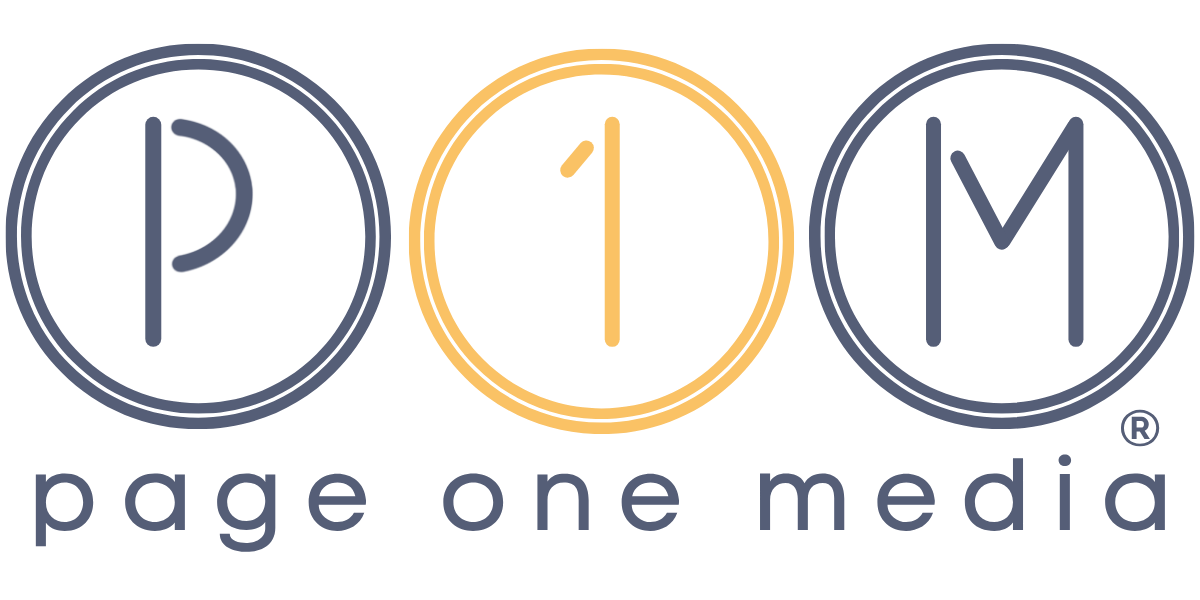
19 Jan How to Create Your Ideal Reader Avatar
What is an ideal reader avatar and why should it matter to you? An ideal reader avatar is a fictional reader of one of your books—an idealized person who will pick up and read one, or all, of your books because it resonates with them, is a resource for them, or because they’re one of your superfans. Why is an ideal reader avatar important for you? Read on and find out.
Most authors will receive an author questionnaire (an AQ in publishing speak) from their publishers several (or more) months in advance of publication. On that AQ, there will be a question or series of questions that ask you about your reader. Something like:
Who do you consider to be the primary market for your book? Please list any additional audiences as well. Please consider all possibilities from general readers and professional practitioners to professors and students. If any of the special features of the book are particularly applicable to these markets, please indicate.
You’ll also be asked a question like this one:
We will send review copies to appropriate general media (such as the New York Times) and leading scholarly journals. Please let us know here which media we should be sure to include, apart from major book reviewers and periodicals – particularly specialized journals and extremely targeted publications whose readership is interested in your subject, regional and hometown publications, alumnae bulletins, and so forth.
Your publisher isn’t asking you to do their work for them (well, maybe a little). They genuinely want to understand where you see the market for your book, who is your audience, what types of readers and why, and where those people are learning about books. If you’re not sure, this blog post will guide you through how to think about this based on the ideal avatar framework of marketing.
In my twenty plus years of working on books, I’ve read a lot of author questionnaires. It may not be surprising to learn that many authors fill out this section by saying “everyone should read my book” or “general interest readers.” “My readers are reading The New Yorker, The New York Times, and The Atlantic.” You may be right; your readers may be reading those publications but that can’t be all that they’re reading. And I wouldn’t bet the farm on getting coverage in those outlets just because you think that’s where your readers are. Why not, you ask? Because every author’s readers are there. Readers are also reading New York Times Book Review and The Atlantic. That doesn’t mean not trying to get coverage in those publications, but they can’t be the primary focus.
Your publisher is hoping you have some deeper understanding of your reader and that understanding can be developed and honed by creating an ideal reader avatar. This is also a helpful exercise long before publishing your book. You can only connect better with your readers if you understand what they are hoping for in a book and what you expect of them when they put the book down.
Some helpful questions to think about as you build this customer persona:
(Besides the general interest, intelligent publications) What are your readers reading and listening to?
Include publications and websites large and small, podcasts, radio shows, and TV or streaming news programs. It doesn’t need to be an exhaustive list but try to be thorough. Googling your book’s topic plus “magazine” or “podcast” can be helpful. Try resources like the website Podchaser and similarweb which will give you competitive media outlets you may not know and possible places your readers may be hanging out. Don’t skimp here, go have a listen to those shows. Here is one way someone could answer this first question.:
My readers are curious, life-long learners. They love NPR, they’re sustaining members and use the NPR and WNYC apps to discover new shows and arts and entertainment content. They particularly love It’s Been a Minute, RadioLab, and start their day with Marketplace, 1A or Up First. Some of my readers are SiriusXM subscribers who listen to P.O.T.U.S., Thom Hartmann, and Tell Me Everything with John Fugelsang. Others love podcasts like StandUp with Pete Dominick, Make It Plain with Mark Thompson, and Reveal. Many subscribe to Substacks like Heather Cox Richardson’s. We could go on, but I think you get the idea.
Where are your readers finding out about books?
On the surface this seems like the question above but it’s not. Your readers may find out about books on Goodreads, their library’s newsletter, listservs like H-net, on Facebook, Twitter, Instagram or TikTok, or from friends and neighbors. Maybe your readers learn about books from the History Book Club or Ron Charles’s Washington Post Books Newsletter or your alumni newsletter. Dig deep here because every recommendation counts and can fuel anything from dozens of purchases to thousands depending on the network. Alumni networks can be particularly powerful so don’t ignore them.
Where do your readers buy books?
Don’t just say Amazon (please! 😢). Lots of people buy books there but it’s not the only place. Let’s dig a little deeper. Depending on the type of book you’re publishing, your readers may buy books at conferences, at an event at an independent bookshop, or only check a book out of a library. Are they serendipity shoppers at places like Anthropologie, Williams Sonoma, a gift shop, or a museum bookshop?
Maybe they only buy ebooks because your readership is comprised of businesspeople who travel a lot. Maybe they subscribe to audio books or have a subscription to a platform like Scribd. If you are your readership, use your own buying habits to help you formulate this part. If your audience only buys books on Amazon, you will need to think a bit harder about how to engage them off platform unless your publisher (or you) is willing to invest in Amazon ads and merchandizing.
What do your readers like to do while they read?
Are your readers in book clubs? Are they a book plus tea or wine people? Are they the type that like to dine solo with a great book or do they read on the beach or on planes? Is your reader a student who mostly reads in the library as they study and take notes? This question may seem superfluous but the more you understand your reader and what they enjoy when they read, the more likely you are to help your publicity and marketing team seek them out. This helps you target your demographic more precisely and will help your publisher think creatively about reaching them. It also won’t hurt when it comes time to write your next book.
What do you expect your reader to do after they finish your book?
This question can help you understand the motivations of your readers. The motivation to pick your book up, recommend it to others, gift it to someone, buy a second copy for a friend. Are you hoping that their next step is to go buy your previous book, to sign up for a workshop you’re doing, invite you on their podcast, donate to an organization, volunteer their time, seek out more resources or interviews you’ve given? Detail what you’re expecting your reader to do next when they put your book down. I am very likely your customer; I’ve read thousands of books and many of them inspire me to buy another book. Wouldn’t it be nice if that next book were handily available to them? Amazon’s Kindle platform has done a great job of taking advantage of this. But many authors do it really well too, think of people like Kate Northrup and Mike Michalowicz who activate readers to go download a resource or sign up for a newsletter. Is that something you want to do too? You had best talk to your publisher about that very early because that activation might be a page in your book and that needs to be planned far in advance.
This is important within the framework of your goals for your book and yourself professionally. If you don’t have specific goals, I highly encourage you to take some time and think about this. Your book is a steppingstone to somewhere: the next book deal, career advancement, household name recognition. What’s your goal and how does publishing this book feed into that? How do your readers feed into those goals? And how can publishing help you achieve them?
Sarah Russo is the founder of Page One Media. She’s been working in publishing for twenty-three years. You can connect with her on Twitter @sarahrusso, Instagram, Mastodon, and LinkedIn. You can follow the work of our company on LinkedIn, and @pageonem on Twitter, Mastodon, Instagram.

